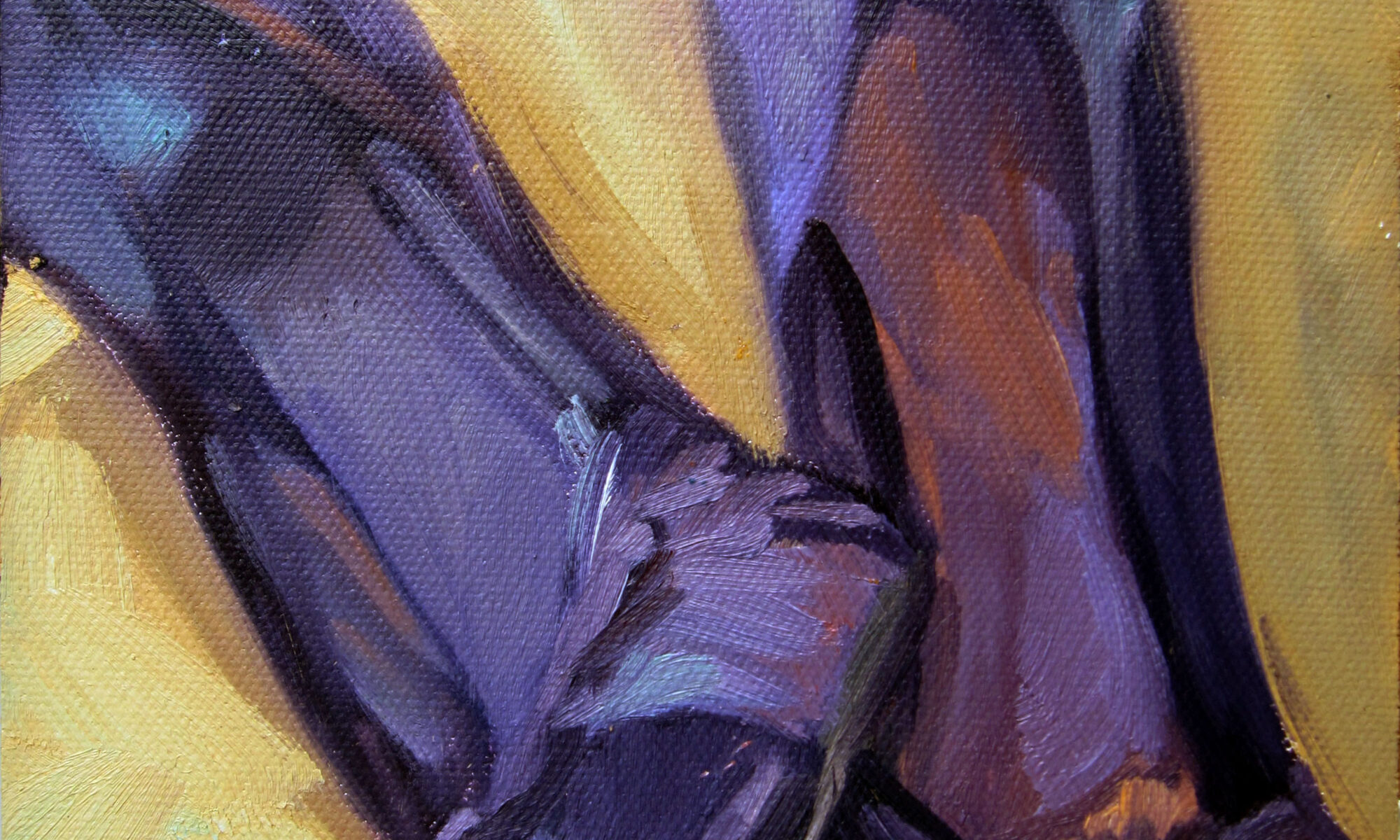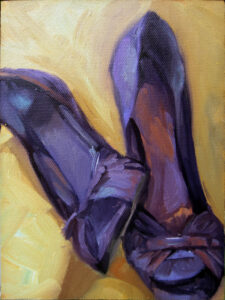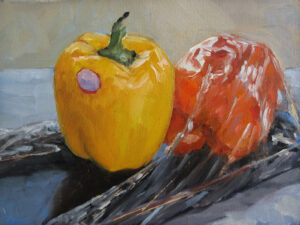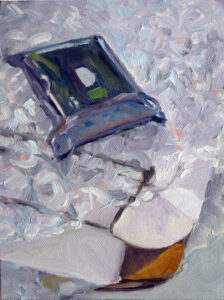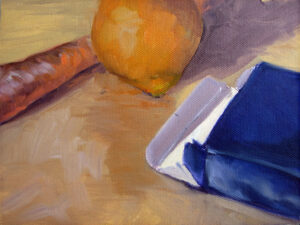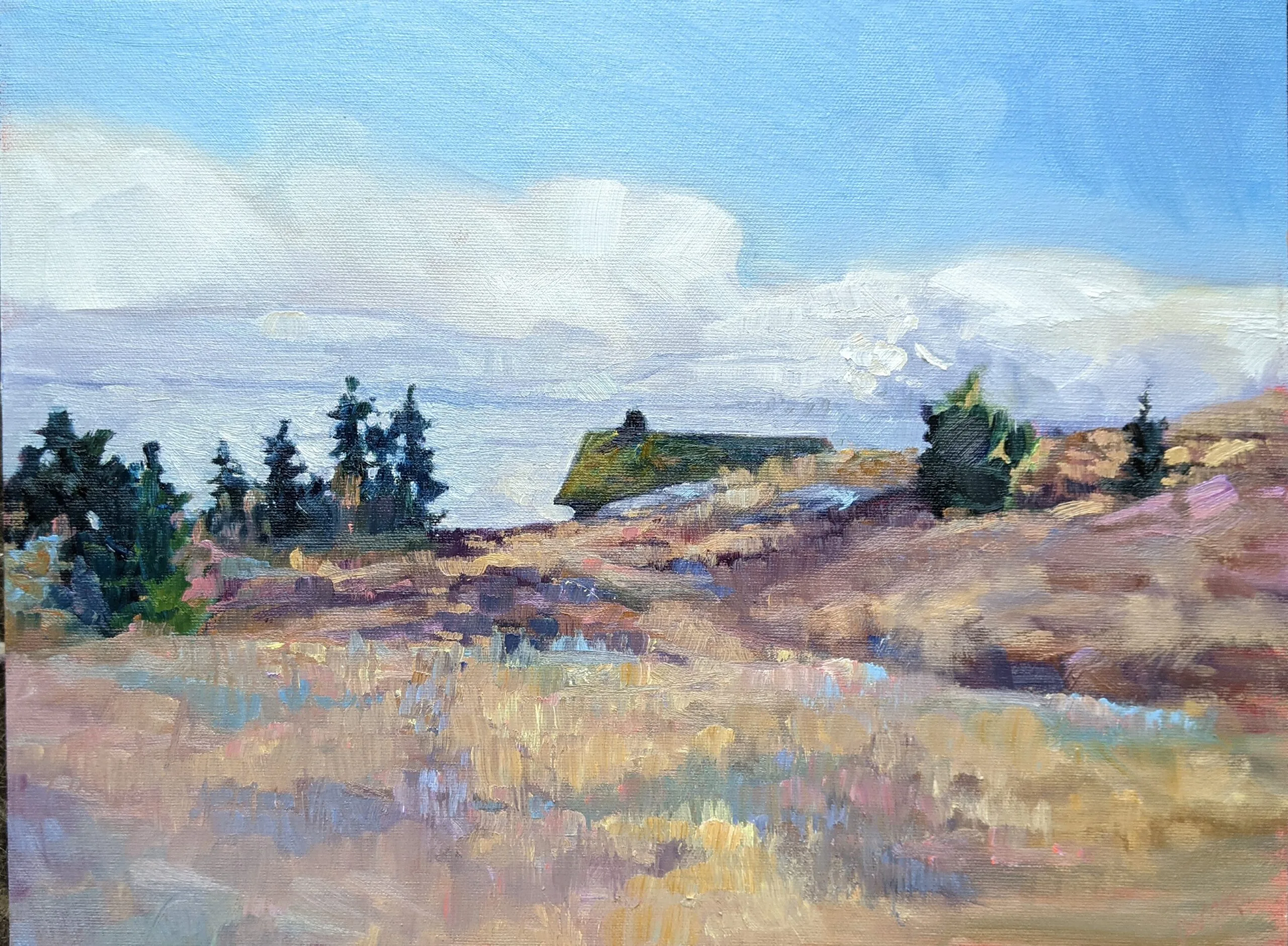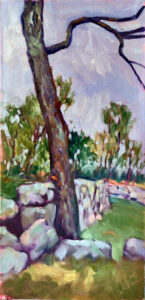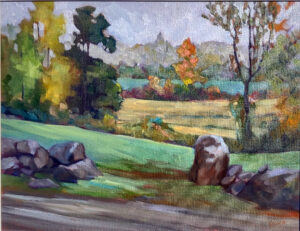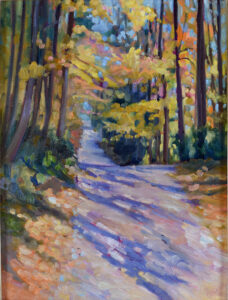Sorry about my absence last week, but it was a lovely vacation.
A major part of learning to paint is learning to see, and in the process, learning to draw. This means not getting caught up in the details, but seeing the big shapes and how they fit together. This is fundamental to painting.
This means we stop thinking of the object we’re looking at as something we can identify, and start to see it as a series of shapes, or more accurately, a light pattern. That’s difficult, and even experienced painters can be tripped up.
Oops! My bad.
A few years ago, my student Sheryl drew the lobster-boat Becca & Meagan, which is moored year-round at Rockport Harbor. It’s painted a signature red, and I have painted and drawn it many times. Sheryl measured and drew, and I patiently corrected her. This went on for most of the class, until Sheryl finally insisted that I sit down and take measurements with her.
Whoops! It wasn’t Becca & Meagan at all. Its owner had launched a new boat, Hemingway. She was painted the same red and moored at the same buoy, but with her own unique configuration. I was so used to seeing Becca & Meagan there that I had stopped really seeing at all. I was drawing what I ‘knew’, not what was there.
It’s not what you know, it’s what you can see.
If I set a teacup in front of you, you’ll be guided in part by what you know about teacups: they’re rounded, squat and hollow. That gives you some checks on your drawing, but it also allows you to make assumptions about measurements and values. That can lead you astray.
To draw it successfully, you must stop reading it as ‘teacup’ and start seeing an array of shapes, planes and values. For most of us, that takes time. My process is two-fold. First, I sketch to figure out what I’m looking at. That’s investigative. Then, I ruthlessly prune, forcing my drawing into a series of shapes and values.
All objects can be reduced to a certain, limited number of shapes. These build on each other to make a whole. When you see things as abstract shapes, you expand your possible subject matter. A plastic pencil case is not inherently much different in shape from a shed. A shed, in turn has the same forms as a house. If you start with a pencil case, you can ramp yourself up to Windsor Castle in no time.
Notan and all other value studies are, above all, about cutting the picture frame into shapes, what Arthur Wesley Dow called “space cutting.”
Dow wrote the definitive 20th century book on composition, which sets down fundamental principles still used today. He taught his students to restrict the infinite range of tonal values in the visible spectrum to specific values-perhaps black, white and one grey. He wanted students see all compositions as structures of light and dark shapes. The success or failure of a painting rests on whether those shapes are beautiful.
Students sometimes chafe at being asked to do still life, but it’s the best training to learn space cutting. Just as important, it’s easy to set up and execute quickly, so you can practice on paper in just a few spare moments.
Reserve your spot now for a workshop in 2025:
- Advanced Plein Air Painting, Rockport, ME, July 7-11, 2025.
- Sea and Sky at Acadia National Park, August 3-8, 2025.
- Find Your Authentic Voice in Plein Air, Berkshires, MA, August 11-15, 2025.
- Immersive In-Person Fall Workshop, Rockport, ME, October 6-10, 2025.

